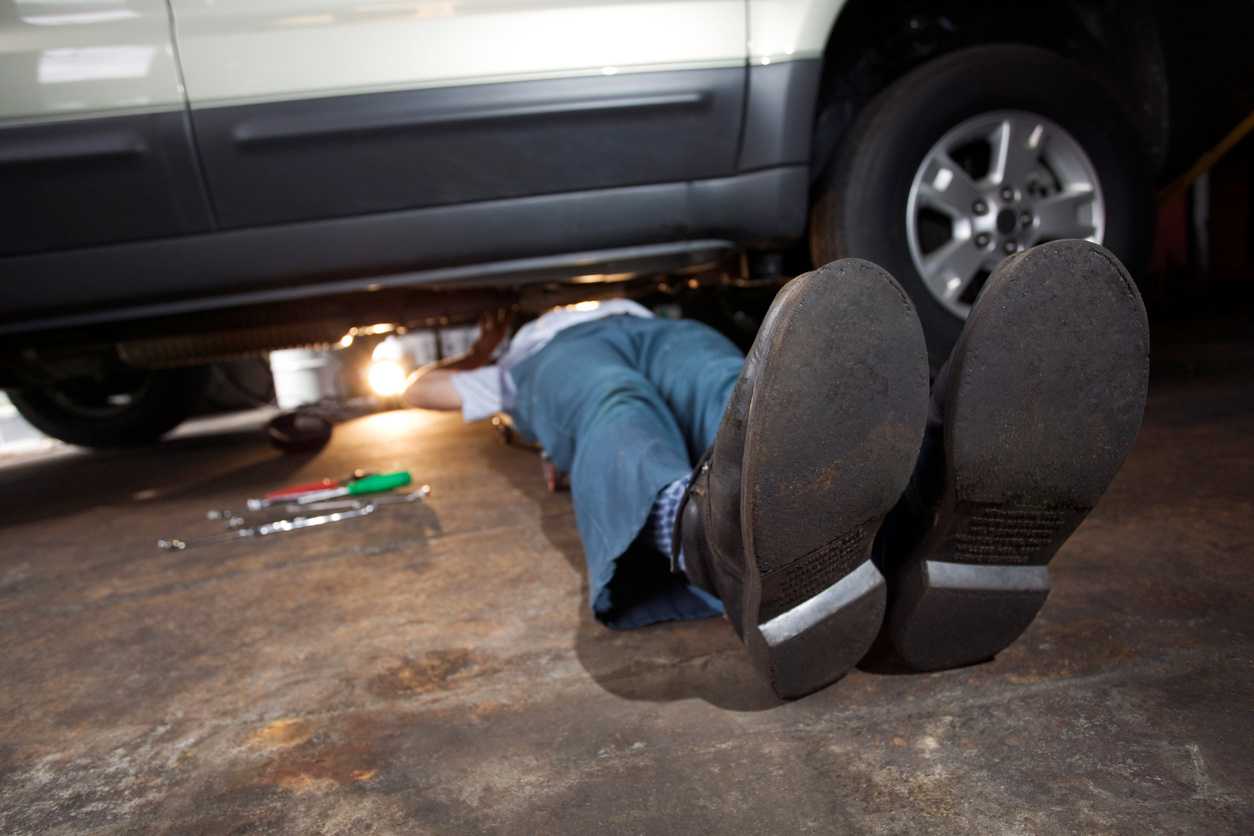The problem with the wipers was simple to address. The wipers had got themselves stuck on the windscreen and the motor had blown the fuse. Simple to fix but the dash had to come out first.
The problem with the IACV is not that straight forward. When the car went for it’s pre-test checks at GBS, Simon@GBS couldn’t get the IACV to work properly. The valve itself seems to be working in that it made noises and displayed a % on the Emerald control screen that could be manually altered, but it didn’t seem to have any noticeable affect on the engine.
Richard@GBS said he had fixed it when I went to pick the car up, but it has since reacted in exactly the way Simon@GBS had seen to the point where I turned it off in the ECU – which hasn’t made any noticeable difference to the engine idle.
The Emerald web site states that :
Having looked at wiring Richard@GBS introduced, he has one wire to the ECU and the other to ground. Having just swapped this to positive the engine simply stops after a couple of seconds. So I put everything back to where it was so I have a working car again. After thinking about this it has occurred to me that perhaps the engine stopping was actually the right result. If the valve was actually working for the first time but closed, then this is exactly what would happen. I will try again when I have more time


